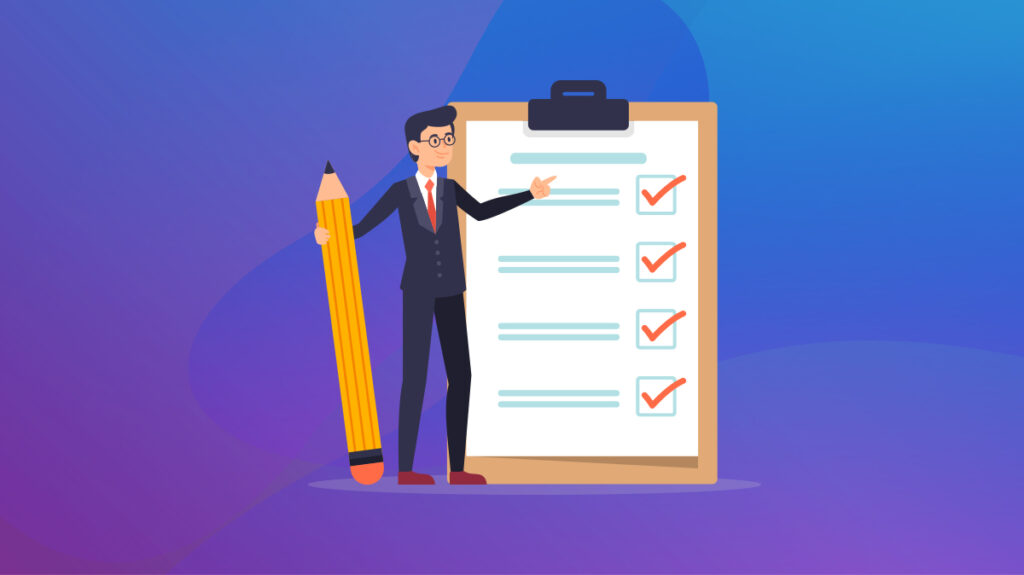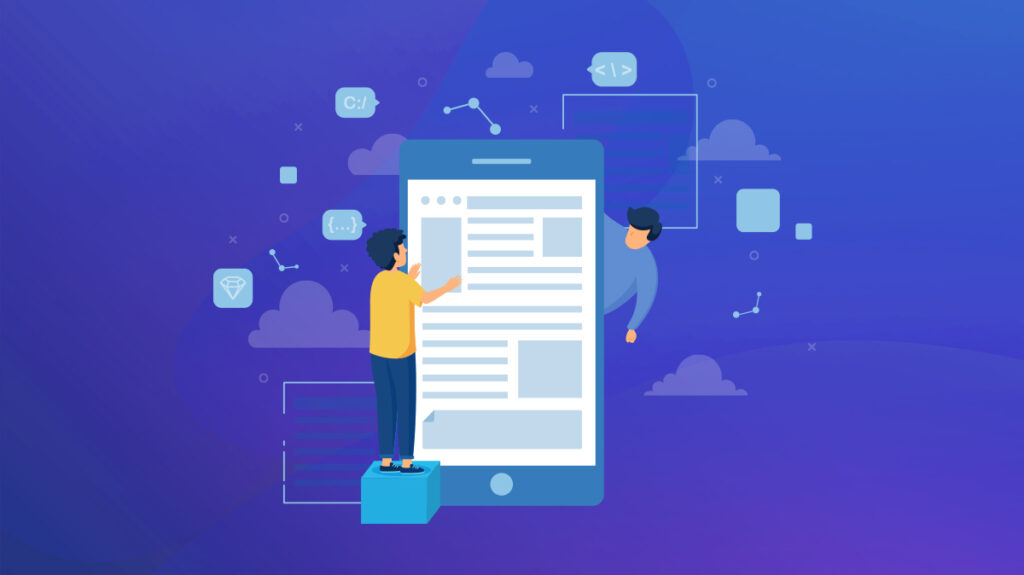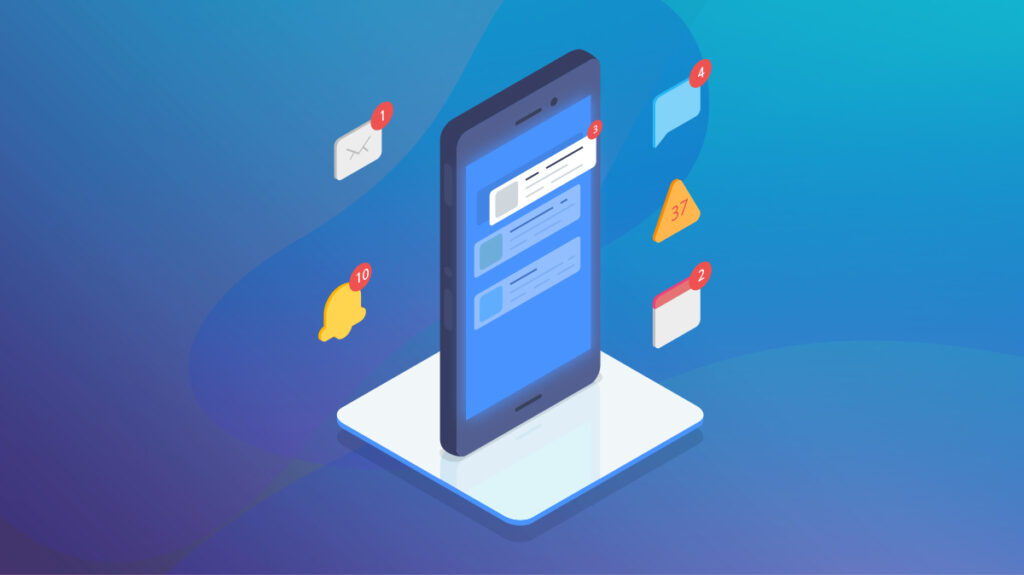The future of business is mobile, as we move towards a multi-screen world where audiences are increasingly edging towards smaller screens with each passing day, the success of your business model depends on how well you’ve translated your desired experience across web, tablet, and most importantly mobile screens.
However, many product companies often think of mobile and cross-platform optimization as an afterthought rather than a core part of their business. This mistake can cost you very highly as today over 80% of online customers are active on mobile devices and close to 84% of them have experienced a failed transaction due to poor mobile user experiences. Thus a failure to think mobile can hit your business where it hurts, the bottom line.
Here’s are 5 basic questions you need to answer before starting development to make sure that your mobile strategy doesn’t take a backseat. If you have complete clarity on these 5 questions in your development process, you’ll end up with a mobile app that’s high performance, well optimized, and scalable.
Does the App Suffice Your Business Needs?

The first step before starting any kind of development is conducting a complete validation of the proposed app it’s features and specs on paper. This is done by preparing a comprehensive Product/ App requirements document (PRD) that acts as the bible for your development team. A strong PRD must outline the business logic of your app, list the tech specs, workflows, user demographics and every bit of information required to envision the journey from the beginning of development to the final stages.
An effective PRD resolves the following considerations:
Business Considerations:
- What business need or problem does the app or product solve?
- How will it streamline the existing business process?
- Is there a long term vision for the product?
- Does the app have to built from scratch or can you white label?
- What are the essential features?
- Is there a monetization model in place?
Product Considerations:
- Should the app be built for both iOS and Android?
- Does it work with your current database, server architecture?
- How many users should it be able to support?
- Have you prepared a product roadmap for the long term?
- Are all APIs/Documentation in place?
How Will You Collect Data and Customer Insights to Know Where to Focus On?

To understand consumer behavior and to optimize conversions an app tracking strategy has to be in place from day 1. Earlier for an app to be successful, the only metric was a high number of downloads, however, today more than the number of downloads the revenue drawn from each converted user is the barometer for success.
Developers need to leverage tools such as Firebase App Analytics to understand user behaviour in-depth and make sense of why some users ‘churn’ while some are active ‘spenders’. Analytics tools can also be used to create and filter out user segments and personalize the experience for each user based on their behavior, for example, users who have reached level 20 in your gaming app and have not yet made any purchases can be classified as ‘Grinders’ those who are in the game only for the F2P experience. In such a case special offers such as combo packs or ultra-low prices can be introduced to lure these players into paying customers.
Having a strong analytics platform in place helps you understand what’s working and what’s not in your app development process, helping developers focus on actions and features that generate revenue and stop optimizing parts of the app that are just dead weight.
At the MVP Stage, How Are You Planning Architecturally for Your Next Leg of Development?

‘Just winging it’ is probably the worst strategy in the history of product development. A clearly drawn out roadmap from inception to launch will help you anticipate problems or risks you may face during the development process.
Involving customers at every stage of the development process is crucial to avoid wasting time and building an extensive feature-laden app simply to fail at the user adoption stage. A Rapid Application Development process where each and every feature is quickly developed as a wire-frame and then run by customers can help prevent wasting precious time on iterations.
After ensuring that the wire-frames are on track, you can move to develop the MVP phase. Here, a skeletal version of the full-fledged product has to be developed. The MVP should serve as a proof of concept, solving the pain points without any of the added frills.
Even in the early stages of development, it helps to think about long term scalability, performance, and flexibility as key considerations while designing the architecture of any product. Moving from a monolithic architecture to a microservices architecture or hybrid architecture can help handle higher volumes, load, as well as accommodate for complex customizations and development later on. Apps built on a microservices architecture where every component in a product is independent and interfaces with each other using APIs are easier to build and maintain over the long term.
Do You Have an In-app Communication and Notification Strategy in Place?

An average user has 36 apps in their phones, the avg. app retention is 20% after 90 days. In such a scenario having an under-optimized in-app notifications strategy can mean that it’s uninstalled for being too annoying and taking up too much user time. However, the right communication strategy can help you retain users for the long term, bring back inactive users, promote positive actions and disincentivize negative ones.
Ensure that you have all your users classified based on their user behavior and that the messaging is personalized to them based on their data. For eg; a tailored offer with special discount code can be used to bring back users who have been inactive for 30+ days, in the case of loyal users, they can be rewarded with a loyalty discount for logging into the product every day.
It’s also essential that users are informed and given the choice to opt-in or out of push notifications based on their preferences, it’s always better to be transparent with users rather than risking them getting annoyed and deleting the app altogether.
How Scalable and Adaptable Is Your App to Growing User Needs?

Along with catering to just the current business requirements any mobility solution that is developed has to make the lives of its end users much easier. It is essential whenever building a mobility solution to consider the ‘FUN’ (Focussed on user needs) principle.
Even if an app or solution is built for audiences it is essential that it is consumer-grade, as in it must have the user-friendliness, gamification, tutorials and more in place to make sure that end-users wholeheartedly adopt the platform.
It is also essential that the app receives regular updates so that user feedback is incorporated and pivots are taken as and when necessary. Building a web-based or SAAS is a way to ensure that updates can be done in real-time and that an app is adaptable and flexible to change as per user needs.
Looking for the Right Mobile App Development Partner?
It can be an overwhelming task to find and hire the right tech talent and set the right processes to ensure the perfect product outcome if you’re pressed for time and budgets. In such cases, it’s best to outsource your product woes to a team that’s got the right expertise as well as years of experience under their belt to deliver on your product vision.
Get your mobile strategy right, today!
Contact Us